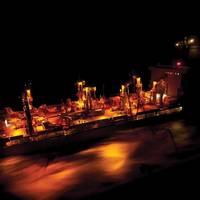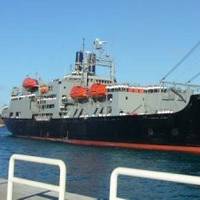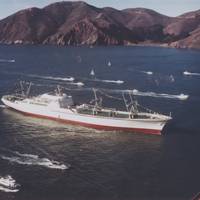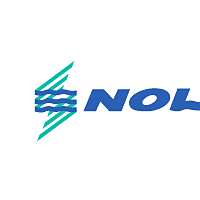LED Lighting for Ships: Seeing is Believing

New Lighting Technology offers bright ideas for better interior and exterior lighting that saves money, manpowerThe U.S. Navy is leaving traditional lighting behind for Solid State Lighting (SSL) with very long-life solid-state light-emitting diode (LED) lighting. Technology has illuminated new ways to light ships that are safer, more efficient and more affordable. Taking advantage of the new technology has its challenges, such as finding cost effective lighting that is rugged…
Shipyard Employees Design Tool for Breaker Maintenance
A tool designed by Norfolk Naval Shipyard (NNSY) employees will make servicing ships' breakers more efficient. Breakers prevent overloads and potential electrical fires in shipboard electrical systems. A Navy submarine typically contains 20 to 30 breakers, and an aircraft carrier has approximately 50. In order to service a breaker, a shipyard worker must flip the 540-pound unit repeatedly. The task is arduous, time consuming, and often requires several workers to accomplish the re-positioning in a safe manner. With the new tool, a single worker may maneuver the breaker with ease. The tool was the brainchild of NNSY Second Year Apprentice Adam Fahy. Fahy himself is no stranger to manual labor. In his spare time he enjoys working on cars and engines.
MARAD Tests Alternative Power for Ships

The Maritime Administration (MARAD) is testing state-of-the-art, environmentally efficient technology onboard the Training Ship (TS) Kennedy. The National Defense Reserve Fleet vessel was provided to the Massachusetts Maritime Academy by MARAD for Cadet training. This one-year undertaking is part of a MARAD initiative to test fuel cells as a source of power for shipboard electrical systems. Researchers will evaluate the performance of the fuel cell technology and how low sulfur marine diesel fuel can be used to efficiently power a fuel cell to produce auxiliary power.
The Nuclear Option

In the eyes of some, the March 2011 Fukushima Daiichi nuclear disaster was the event that would signal the end of nuclear power for electrical power generation and would end any hope of the world utilizing nuclear-powered commercial vessels other than the Russian barge carrier, SEVMORPUT and numerous Russian ice breakers. Contrary to the afore mentioned opinion, I believe that not only are selected-route nuclear powered commercial vessels good for the marine industry but they…
A Case for Commercial Nuclear Power Vessels, Post the Fukushima Daiichi Nuclear Disaster
Russian ice breakers. Contrary to the afore mentioned opinion, I believe that not only are selected-route nuclear powered commercial vessels good for the marine industry but they also offer the world the most environmentally friendly and potentially the most economical and efficient way of shipping trans-ocean cargo. Although the Fukushima Daiichi disaster was a disaster of major proportions, we must not forget that it was initiated by a much more deadly and destructive disaster; a tsunami caused by a magnitude 9.0 Richter scale underwater earthquake. The nuclear disaster that occurred at the Fukushima Daiichi complex was not caused by inherent problems with the reactor…
APL ‘Cold-Irons’ Ships In Oakland To Clear The Air

APL flipped the switch today on a clean-air effort that’s part of California’s maritime future. The Singapore-based container shipping line became the first to shut down, or, “cold-iron,” a vessel’s engines to eliminate exhaust emissions at the Port of Oakland. As others follow suit – and regulators say they must – cold-ironing will become a staple on California’s coast. “We have brought cold-ironing to the port,” proclaimed APL Americas President Gene Seroka. The 900-foot APL…






